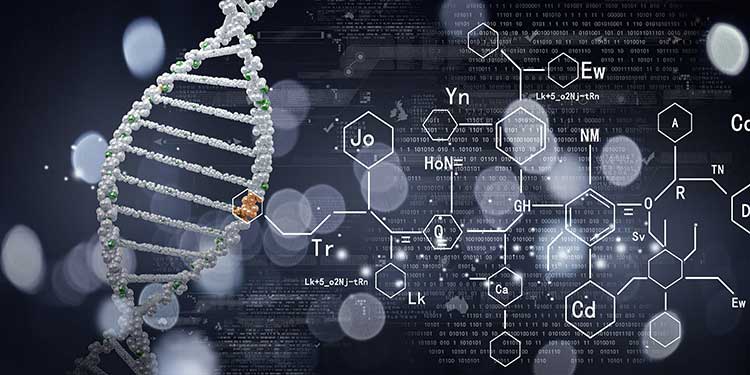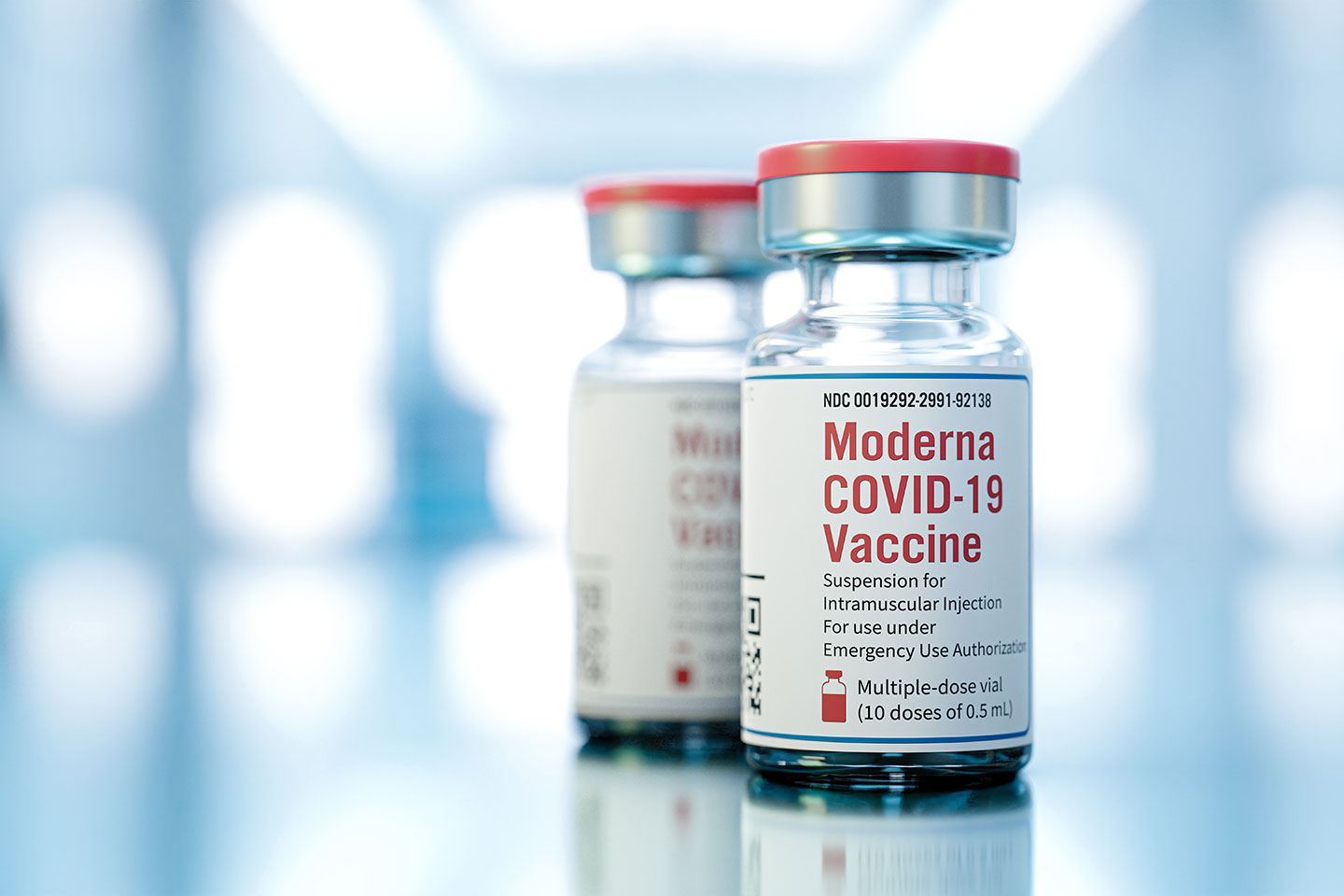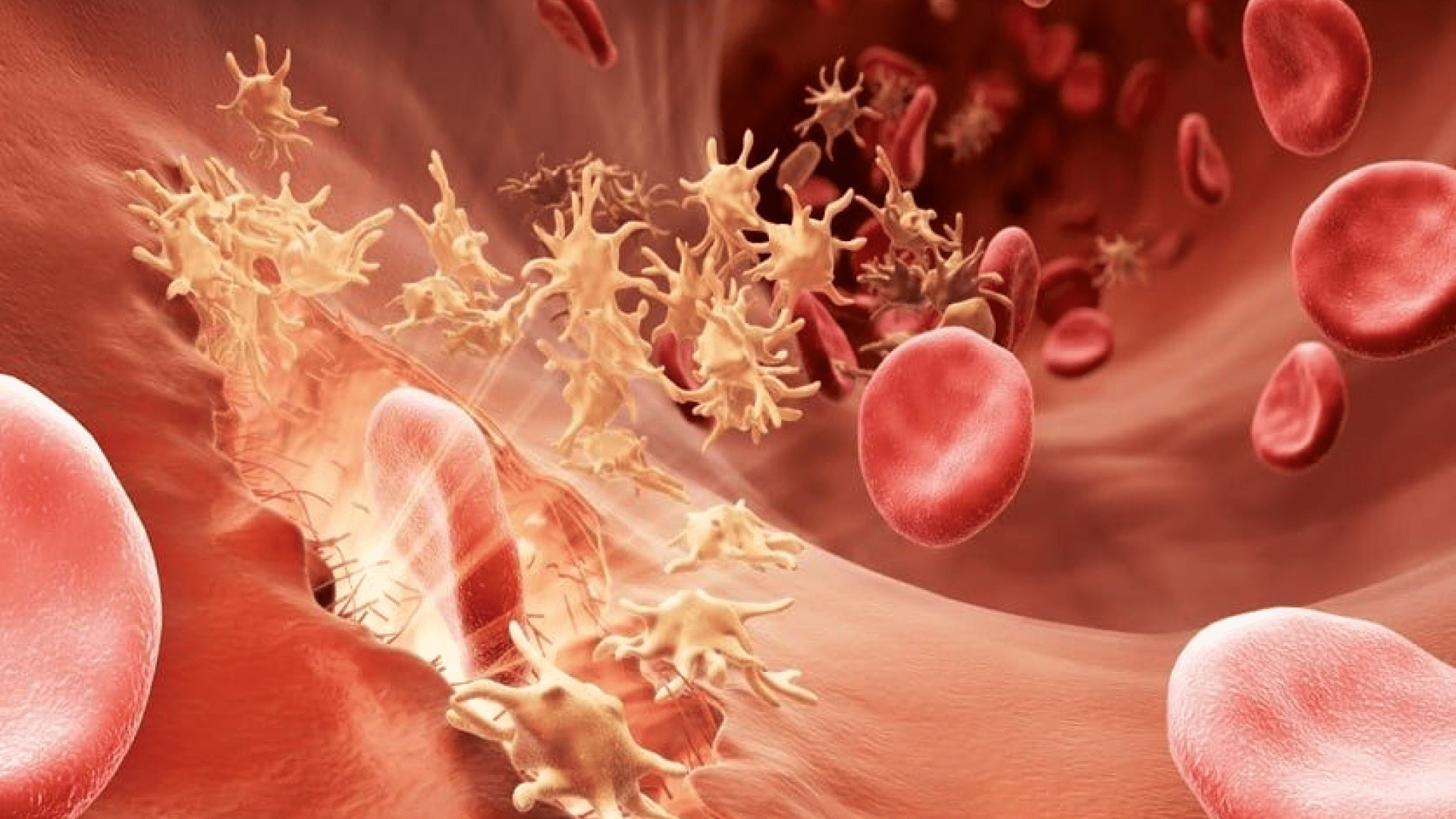The confluence of advances in biological science and accelerating development of computing, automation, and artificial intelligence is fueling a new wave of innovation. This Bio Revolution could have significant impact on economies and our lives, from health and agriculture to consumer goods, and energy and materials.
Some innovations come with profound risks rooted in the self-sustaining, self-replicating, and interconnected nature of evolutionary biology that argue for a serious and sustained debate about how this revolution should proceed. Accidents can have major consequences—and, especially if used unethically or maliciously, manipulating biology could become Pandora’s box that, once opened, unleashes lasting damage to the health of humans, ecosystems, or both. The risks are particularly acute because many of the materials and tools are relatively cheap and accessible. Moreover, tackling these risks is complicated by a multiplicity of jurisdictional and cultural value systems, which makes collaboration and coordination across countries difficult.

However, new biological applications are already improving our response to global challenges including climate change and pandemics. Global responses to the novel coronavirus—SARS-CoV-2—illustrated substantial advances in biological science in just the past few years. The speed with which scientists sequenced the virus’s genome—weeks rather than months—bore witness to the new world of biology described in this research. However, sequencing is just the start: biological innovations are enabling the rapid introduction of clinical trials of vaccines, the search for effective therapies, and a deep investigation of both the origins and the transmission patterns of the virus.
The Bio Revolution
As much as 60 percent of the physical inputs to the global economy could, in principle, be produced biologically—about one-third of these inputs are biological materials (wood or animals bred for food) and the remaining two-thirds are nonbiological (plastics or fuels) but could potentially be produced or substituted using biology. Therefore, it is possible that bio innovations could impact up to 60 percent of physical inputs, although attaining that full potential is a long way off. Even modest progress toward it could transform economies, societies, and our lives, including what we eat and wear, the medicines we take, the fuels we use, and how we construct our physical world. In human health, at least 45 percent of the current global disease burden could be addressed using science that is conceivable today.
A pipeline of about 400 use cases, almost all scientifically feasible today, is already visible. These applications alone could have a direct economic impact of up to $4 trillion a year over the next ten to 20 years. More than half of this direct impact could be outside human health in domains such as agriculture and food, consumer products and services, and materials and energy production. Taking into account potential knock-on effects, new applications yet to emerge, and additional scientific breakthroughs, the full potential could be far larger.





Leave a Reply